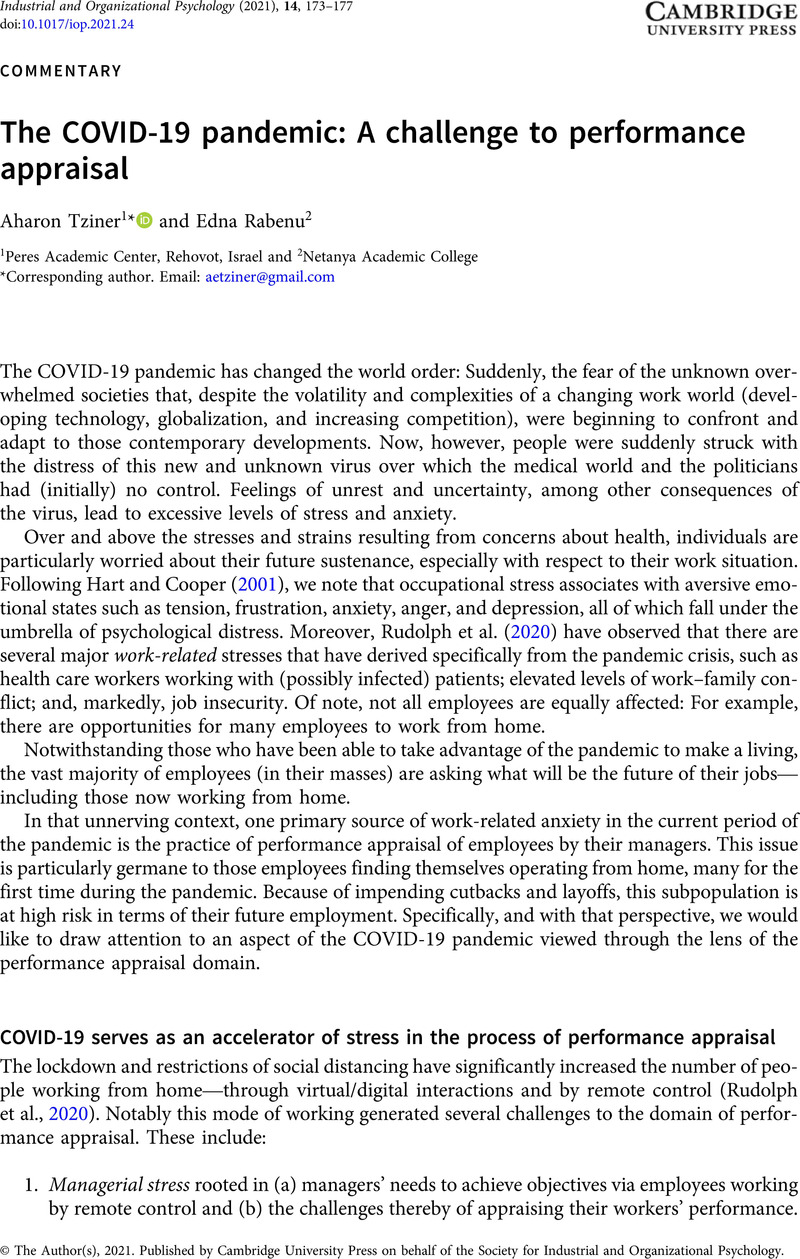Crossref Citations
This article has been cited by the following publications. This list is generated based on data provided by Crossref.
Yi, Yun
2022.
Application of an Improved Clustering Algorithm of Neural Networks in Performance Appraisal Systems.
Journal of Cases on Information Technology,
Vol. 24,
Issue. 5,
p.
1.
PANG, LI LI
MOHIDDIN, MOHAMAD SHAH RIZAL AMIR HJ
and
ISMAIL, MUHAMMAD AMIRUDDIN
2022.
IMPLEMENTATION OF THE NEW PERFORMANCE APPRAISAL SYSTEM IN THE BRUNEI PUBLIC SECTOR: INITIAL RESPONSES.
Journal of Business and Economic Analysis,
Vol. 05,
Issue. 03,
p.
281.
Stor, Marzena
2023.
The Effects of Employee Performance Appraisal on the Company Performance Results: The Mediating Role of HRM Outcomes With an Innovative Application of the Efficiency Index.
Problemy Zarządzania - Management Issues,
Vol. 2023,
Issue. 1(99),
p.
68.
Lohaus, Daniela
and
Habermann, Wolfgang
2023.
Digitale Personalauswahl und Eignungsdiagnostik.
p.
227.
Maley, Jane F.
Dabić, Marina
Neher, Alain
Wuersch, Lucia
Martin, Lynn
and
Kiessling, Timothy
2024.
Performance management in a rapidly changing world: implications for talent management.
Management Decision,
Vol. 62,
Issue. 10,
p.
3085.



